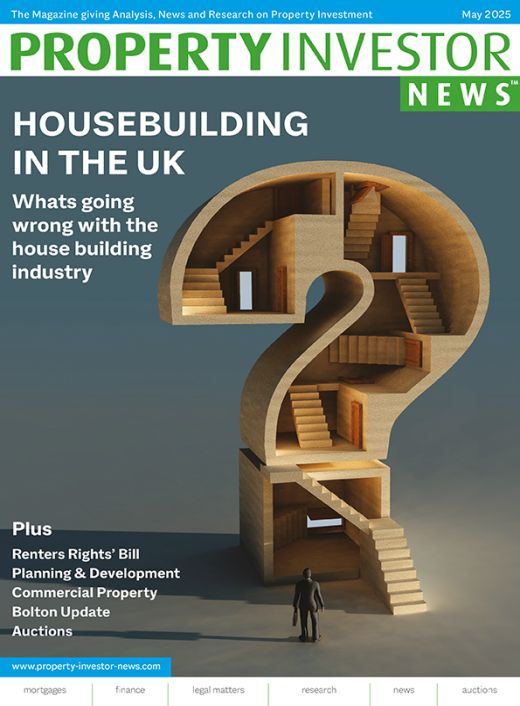The latest (February 2024) CEE Investment Market Outlook by Cushman & Wakefield has revealed that there was a notable decline in investment volumes in commercail real estate in Central Europe last year.
Dropping by 55% year-on-year, the region’s total investment volume accounted for €5.02bn. Of the six countries surveyed, Poland experienced the most significant downturn of 68%, with its share of the total CEE (Central & Eastern Europe) volume also dropping.
Local and regional investors accounted for two-thirds of the investment transaction volumes, a significant increase from the previous years. Despite challenges, the market demonstrates resilience, particularly in the logistics and residential sectors, spotlighting areas of growth potential, said C&W.
Poland usually accounts for the highest share of the capital invested in the region, attracting half of it or more in previous years. However, that has now dropped to around one-third while the Czech Republic in second place accounted for around a quarter of all investment.
As usual, the largest portion of CEE investment went into office properties, although this dropped from 41% in 2022 to 32% in 2023. The industrial and retail sectors remained at nearly equal levels, both slightly exceeding 27%, and basically the same as the year before (26%).
Jeff Alson, head of capital markets in CEE at Cushman & Wakefield, said: "Overall, the Central European commercial real estate market witnessed a pronounced dip in investment volumes, led by Poland which registered the steepest fall, indicative of investors’ heightened caution amidst economic uncertainties. This decline is however contrasted by the nuanced behaviour of prime yields across the region, which showed resilience amidst economic shifts.
"Despite the contraction in volumes, prime yields exhibited a mixed pattern: while some markets saw a slight increase, reflecting investor demand for premium, risk-averse assets – others remained stable, underscoring the underlying resilience and ongoing appeal of prime commercial real estate in Central Europe. Sector-wise, prime yields have been increasing since the beginning of 2022 across all asset classes. The sharpest outward movement has been recorded in offices, while yields of industrial properties grow (slowest). In general, there is little visibility on real prices. Evidently, prices have not bounced back enough to satisfy sellers, and buyers have not adjusted to the new pricing. Hence the low investment activity.”
Office, retail and industrial share was almost equal
Also added that diverse trends were observed on Central Europe’s commercial property market in 2023, noting: "The logistics and industrial sectors performed well, influenced by changes in supply chain tactics and a complex e-commerce environment. Despite an e-commerce surge, demand from its tenants decreased, indicating a move towards stability.
"Conversely, the office sector encountered difficulties as a result of the increasing trend towards remote work and businesses seeking the most effective workplace approaches. The retail sector demonstrated resilience, showing robust sales across CEE and also attracting significant investment volumes.
"Prior to 2023, the office and industrial sectors were dominating investment. However, in 2023, the investment volumes saw an almost equal share among the three main sectors: office, retail, and industrial.”
The rise of local investment
In 2023, Central Europe’s commercial real estate market saw a significant shift in the source of capital, with a marked increase in local investment share amidst a decrease in Western capital inflow.
Local investors and those from CEE accounted for the majority (65%) of investment transactions in the region in 2023, which is significantly higher share than in the previous years (42% in 2022 and 37% in 2021). Investors originating from the Czech Republic were behind 37% of the investment volume, and there were almost no acquisitions by Asian or German investors.
Anticipating recovery and strategic growth
Looking ahead, the investment volumes in Central Europe's commercial real estate market over the next few years are poised for a cautious yet potentially steady recovery, according to the report. Annual investment volumes are expected to gradually increase by 10-15%, but C&W adds that this outlook is contingent on the stabilisation of the global economic environment and the continued adaptation to post-pandemic market conditions.
Alson concluded: "Despite a traditionally stable investment environment in the CEE region, there is currently a gap of €3-5bn in the gross investment volume compared to the historical averages. This deficit is projected to be offset by a steady return of international capital and a consistent increase in local investment, supplemented by a healthy but more selective debt market.”




















